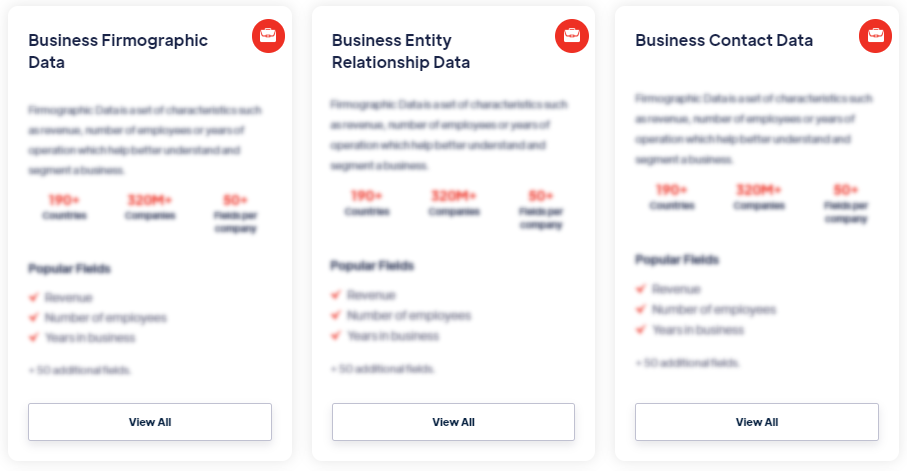Best
Student performance data
Products
Student performance data can include various metrics and indicators, such as grades, test scores, attendance records, course completion rates, academic honors, disciplinary actions, and graduation rates. It may also encompass standardized test results, class rankings, GPA (Grade Point Average), and performance in specific subjects or domains. Read more
Our Data Integrations


Request Data Sample for
Student performance data

Browse the Data Marketplace

Frequently Asked Questions
1. What Does Student Performance Data Include?
Student performance data can include various metrics and
indicators, such as grades, test scores, attendance records,
course completion rates, academic honors, disciplinary actions,
and graduation rates. It may also encompass standardized test
results, class rankings, GPA (Grade Point Average), and
performance in specific subjects or domains.
2. Where Can Student Performance Data Be Found?
Student performance data is typically collected and maintained
by educational institutions, including schools, colleges, and
universities. It is stored in student information systems,
academic records, and learning management systems. Additionally,
standardized testing organizations, such as state or national
testing agencies, may also collect and provide performance data
for comparative analysis.
3. How Can Student Performance Data Be Utilized?
Student performance data is utilized by educators,
administrators, policymakers, and researchers to evaluate
student progress, identify areas of strength and improvement,
inform instructional strategies, allocate resources, and measure
educational outcomes. It helps in tracking individual student
performance over time, monitoring achievement gaps, and
assessing the effectiveness of educational programs and
interventions.
4. What Are the Benefits of Student Performance Data?
Student performance data provides valuable insights into
student learning and academic growth. It helps educators tailor
instruction to meet individual student needs, identify
struggling students who may require additional support, and
recognize high-achieving students for enrichment opportunities.
Additionally, performance data can inform educational policies
and interventions aimed at improving overall student outcomes.
5. What Are the Challenges of Student Performance Data?
Challenges in utilizing student performance data include
ensuring data accuracy and reliability, maintaining data privacy
and security, and addressing potential biases in assessment and
grading practices. Analyzing and interpreting performance data
in a meaningful way requires expertise in data analysis and the
ability to account for various contextual factors that may
influence student performance.
6. How Can Student Performance Data Impact Education?
Student performance data plays a crucial role in shaping
educational practices and policies. It helps educators identify
areas for improvement in curriculum, instruction, and
assessment. By analyzing performance data, educators can make
data-driven decisions to differentiate instruction, provide
targeted interventions, and promote student success. Moreover,
performance data can inform accountability systems, inform
educational research, and guide efforts to close achievement
gaps.
7. What Are the Emerging Trends in Student Performance Data
Analysis?
Emerging trends in student performance data analysis include
the use of data analytics techniques to identify patterns and
trends in student performance, detect early warning signs of
academic challenges, and predict future outcomes. Educational
institutions are increasingly adopting data-driven
decision-making approaches to improve student performance and
inform personalized learning initiatives. Furthermore, the
integration of performance data with other data sources, such as
demographic and socio-economic data, allows for a more
comprehensive understanding of student achievement and factors
influencing performance.
â€
